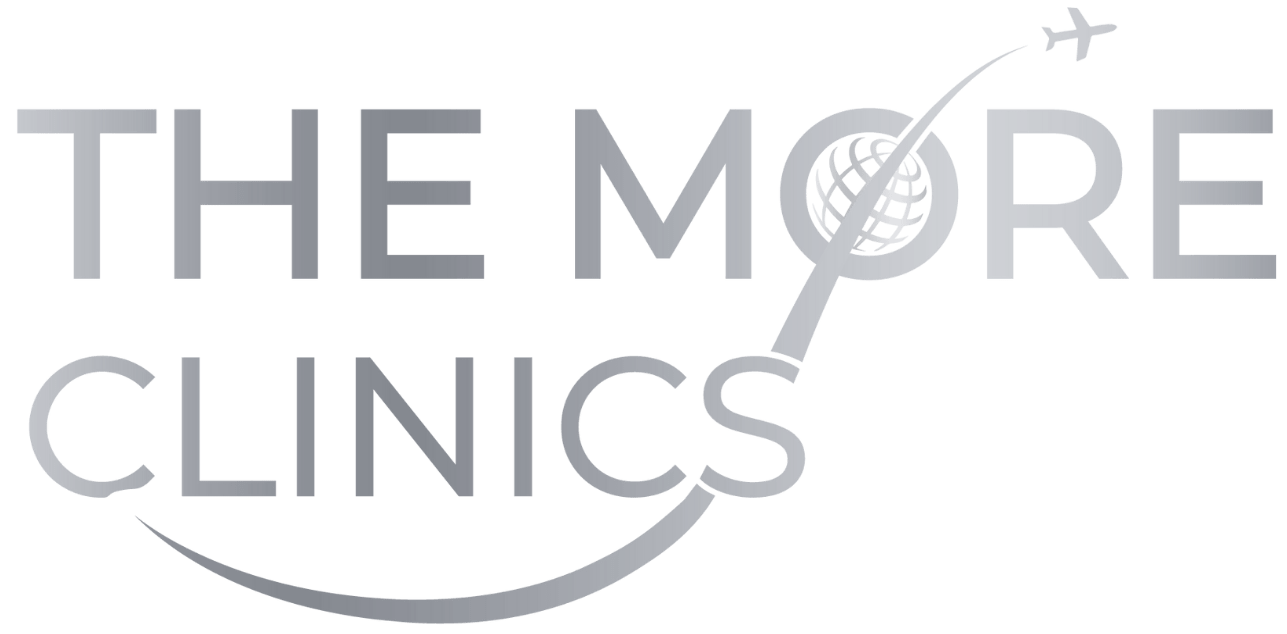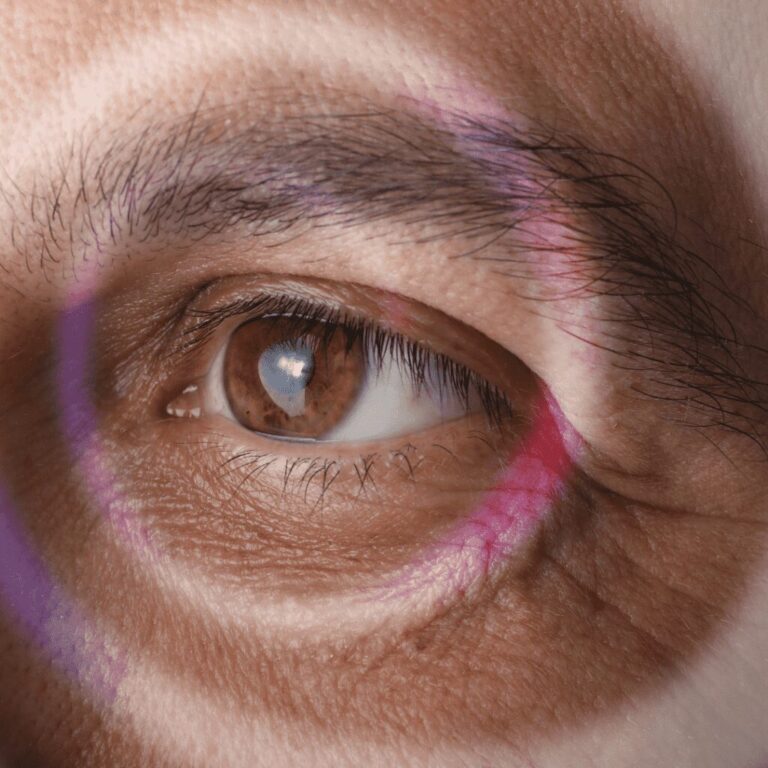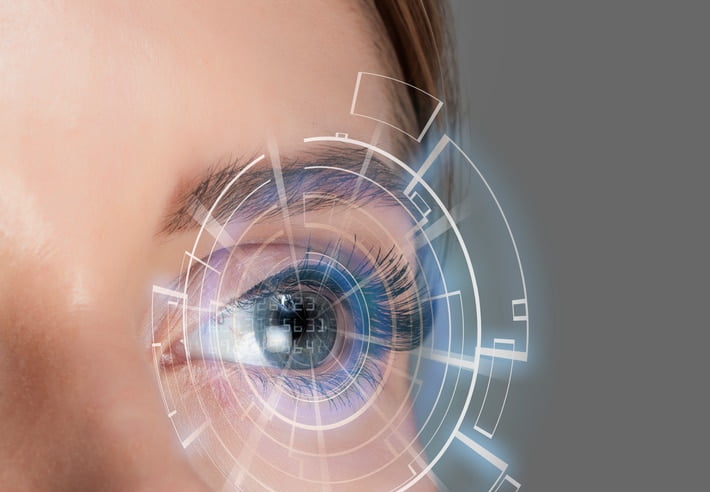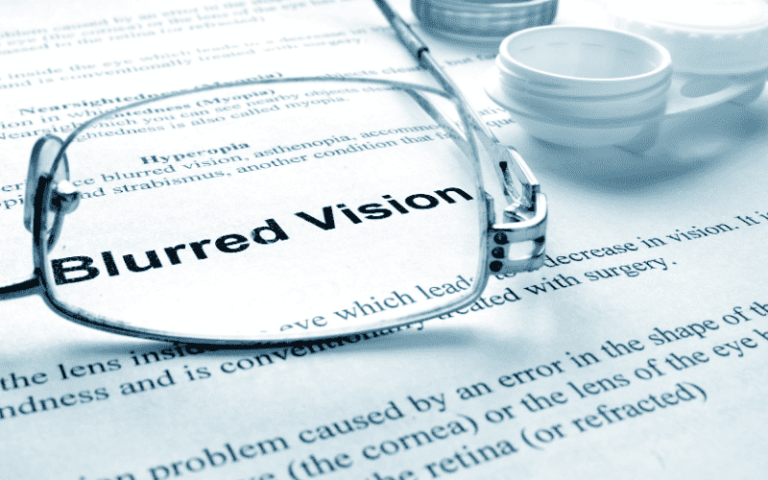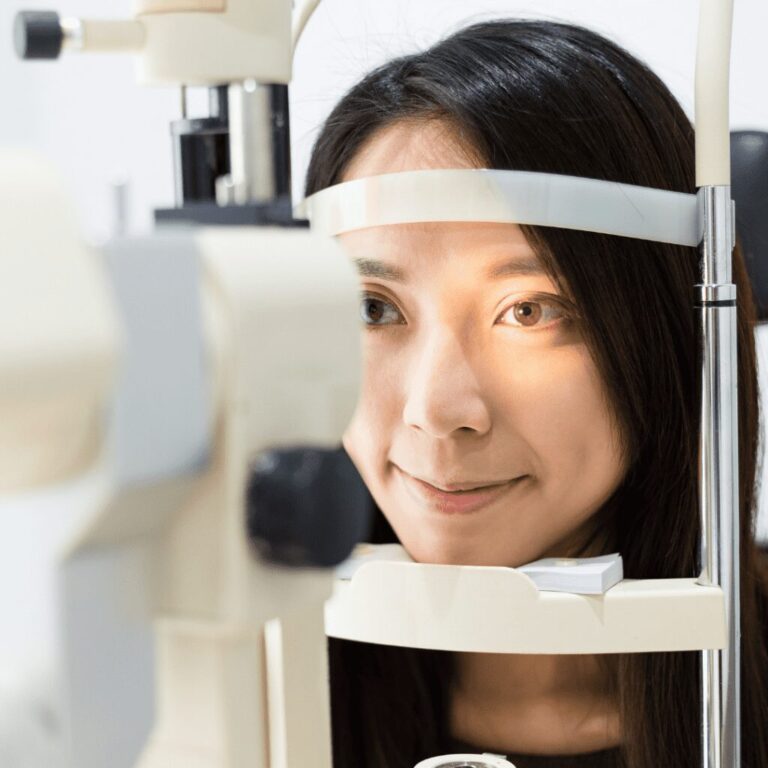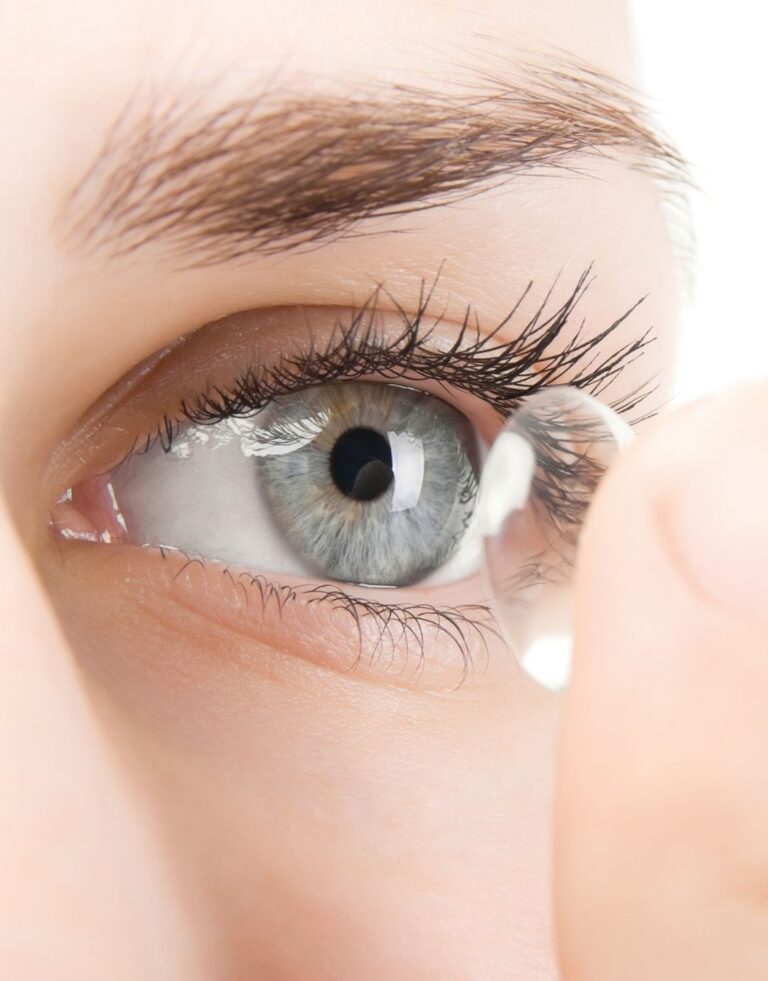Dry Eyes: A Comprehensive Guide
Dry eye disease is a common condition that affects millions of people worldwide. In this comprehensive guide, we’ll cover everything you need to know about dry eyes, including its causes, symptoms, risk factors, treatment options, and home remedies.
What is Dry Eye Disease?
Dry eye disease, also known as dry eye syndrome or keratoconjunctivitis sicca, is a condition where the eyes don’t produce enough tears or have poor-quality tears, resulting in discomfort, inflammation, and potential vision problems.

What are the Causes of Dry Eyes?
Dry eyes can be caused by various factors, including:
1. Aging, as tear production tends to decrease with age
2. Hormonal changes, particularly in women
3. Certain medications, such as antihistamines, decongestants, and antidepressants
4. Medical conditions, like rheumatoid arthritis, diabetes, and thyroid disorders
5. Environmental factors, such as dry air, smoke, or wind
6. Prolonged screen time, leading to reduced blinking and tear production
Dry Eyes Symptoms
Symptoms of dry eye disease can include:
1. Burning or stinging sensation in the eyes
2. Redness and irritation
3. Excessive tearing or watery eyes
4. Blurry vision or sensitivity to light
5. Feeling like there’s something in your eye
6. Difficulty wearing contact lenses
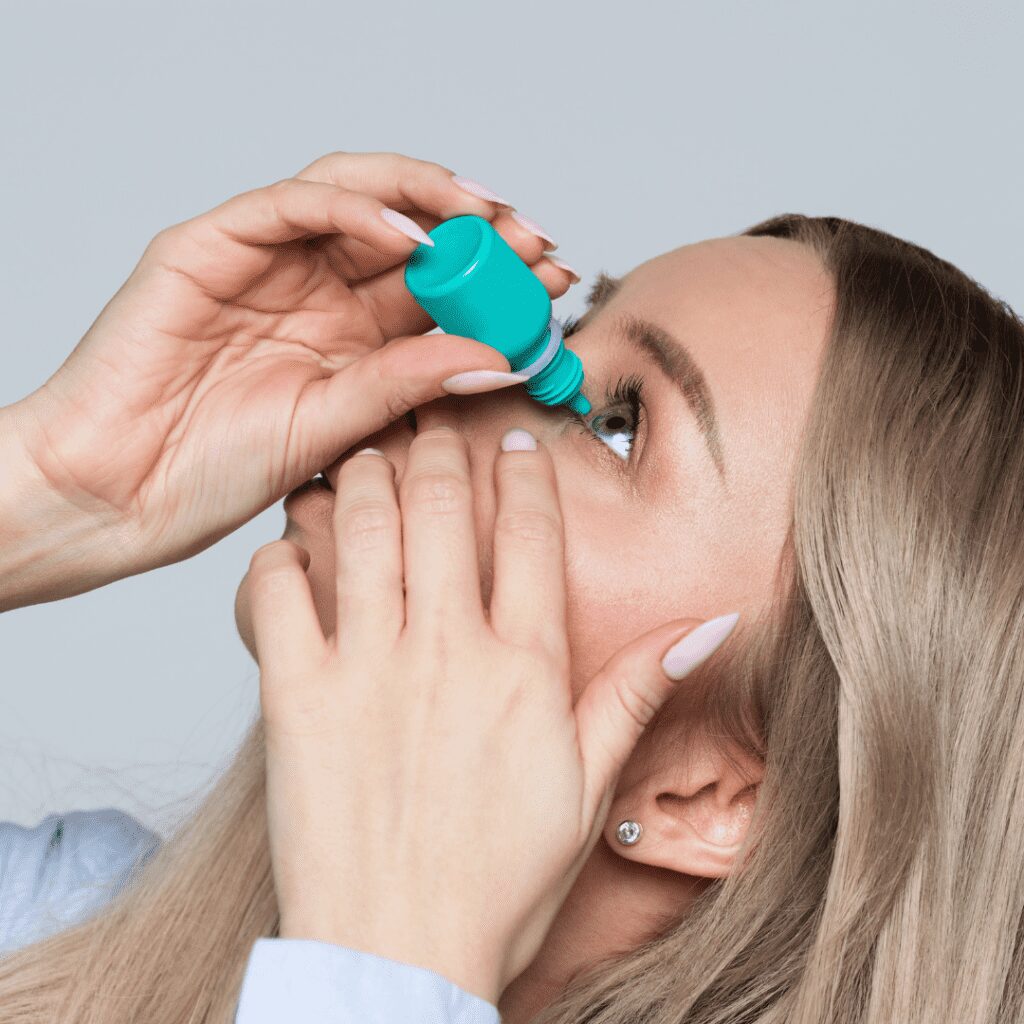
When to See the Doctor?
If you’re experiencing persistent dry eye symptoms, it’s essential to consult an eye care professional for a proper diagnosis and treatment plan. Early intervention can help prevent further discomfort and potential vision problems.
Dry Eyes Treatment Options
Treatment options for dry eyes depend on the severity and underlying cause of the condition:
1. Artificial tears or lubricating eye drops to provide temporary relief
2. Prescription eye drops, such as anti-inflammatory medications or tear-stimulating drugs
3. Punctal plugs, which block tear ducts to keep tears in the eyes longer
4. Lipiflow treatment, which applies heat and pressure to unclog the oil glands in the eyelids
5. Intense pulsed light (IPL) therapy to reduce inflammation
Dry Eyes Home Remedies
In addition to professional treatment, several home remedies can help alleviate dry eye symptoms:
1. Apply a warm compress to your eyes to stimulate tear production
2. Use a humidifier to add moisture to the air in your home or office
3. Take breaks from screen time and practice the 20-20-20 rule (every 20 minutes, look at something 20 feet away for 20 seconds)
4. Blink more frequently and fully to encourage tear production
5. Stay hydrated and maintain a balanced diet rich in omega-3 fatty acids
Am I in the Risk Group?
Certain factors may increase your risk of developing dry eye disease:
1. Being over the age of 50
2. Being female, due to hormonal changes
3. Having a history of certain medical conditions or taking specific medications
4. Wearing contact lenses for extended periods
5. Prolonged exposure to environmental factors, such as dry air or smoke
Last Words from the More Clinics
Understanding the causes, symptoms, risk factors, and treatment options for dry eye disease is crucial for maintaining good eye health and preventing further complications. Regular eye exams, proper self-care, and consulting with an eye care professional can help ensure comfort and clear vision. Always discuss your specific needs with an eye care professional to determine the most suitable treatment plan for you.
At The More Clinics Turkey, our experienced ophthalmologists use the latest technologies to diagnose and treat dry eye disease. Our multidisciplinary approach includes lifestyle changes, medications, and in-office treatments to provide long-term relief. Contact us today for more information or book an appointment online.
GET A FREE CONSULTATION!
Let’s Start Planning Your Treatment %100 Guarantee Results.

Written by The More Editorial Team and Medically Reviewed by Op.Dr.İbrahim Kaya who specialized on Eye Surgery, Retinal Surgery and Optalmology.
